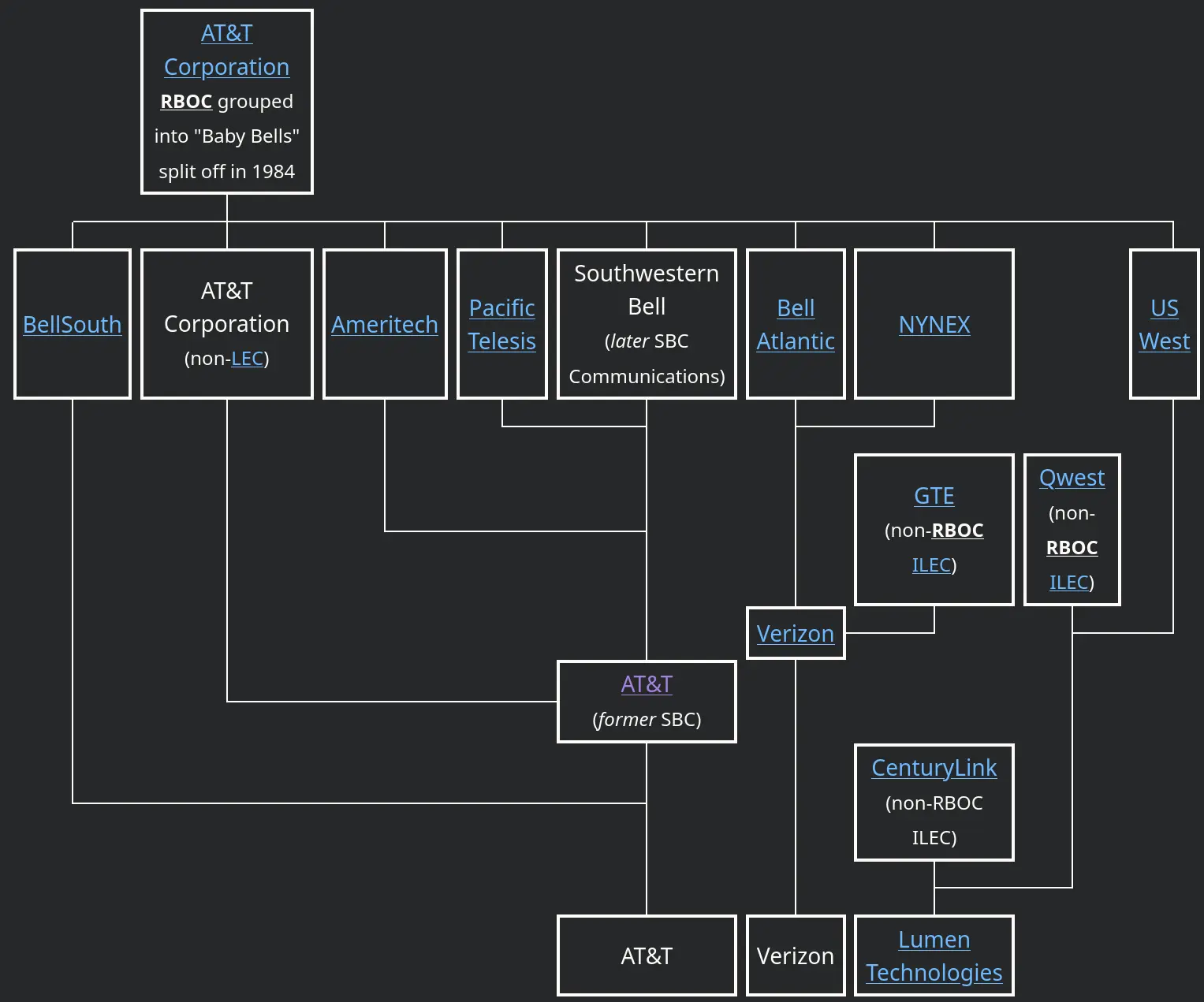

Or authors could preëmptively declare their works to be in the public domain upon their death.
I wish Creative Commons had a license like that. Something like CC PDD (Public-Domain-on-Death) which would activate upon the creator’s death, allowing them and publishers to freely monetize their work while they’re alive, but which would release the work into the public domain immediately after.
It might even incentivize music and book publishers to get their artists health insurance. 😃









After reading The Age of Em (2016) by Robin Hanson, I wish there were stories about races that went the other way, lifespan-wise: extremely small people who lived only 1 year, even smaller people who lived only 1 month, some very extremely small but very powerful ones that lived only a day, etc. The idea is that artificial people (emulated people, or Ems) could have subjectively similar characteristics and experiences to the larger physical entities (e.g. humans, but perhaps even dwarves, elves, and etc., since theyʼre just emulated minds), but their artificial emulated substrate allows their minds to develop and age orders of magnitude faster; they also could solve certain problems orders of magnitude faster but practical limitations on delays between thought and physical interactions (your mind would waste away if you had to wait a whole subjective hour between each physical step during a walk with a standard 1.5 meter body) require their bodies to be very small.
Call them speedlings, or some variant of sprite, but I think its an interesting world-building concept.